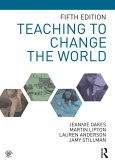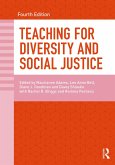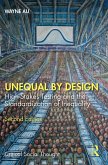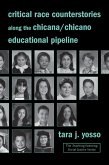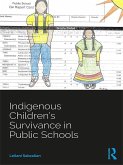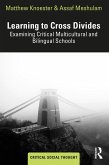This thoroughly revised fifth edition remains a vital introduction to the profession for a new generation of teachers who seek to become purposeful, knowledgeable practitioners in our ever-changing educational landscape-for those teachers who see the potential for education to change the world.
Features and Updates of the New Edition:
. Fully updated Chapter 1, "The U.S. Schooling Dilemma," reflects our current state of education after the 2016 U.S. presidential election.
. First-person observations from teachers, including first-year teachers, continue to offer vivid, authentic pictures of what teaching to change the world means and involves.
. Additional coverage of the ongoing effects of Common Core highlights the heated public discourse around teaching and teachers, and charter schools.
. Attention to diversity and inclusion is treated as integral to all chapters, woven throughout rather than tacked on as separate units.
. "Digging Deeper" resources on the new companion website include concrete resources that current and future teachers can use in their classrooms.
. "Tools for Critique" provides instructors and students questions, prompts, and activities aimed at encouraging classroom discussion and particularly engaging those students least familiar with the central tenets of social justice education.
Dieser Download kann aus rechtlichen Gründen nur mit Rechnungsadresse in A, B, BG, CY, CZ, D, DK, EW, E, FIN, F, GR, HR, H, IRL, I, LT, L, LR, M, NL, PL, P, R, S, SLO, SK ausgeliefert werden.
-Christine Sleeter, Professor Emerita California State University Monterey Bay
'It is rare to find a book that deals so elegantly with the historical, social, philosophical and legal foundations of schooling while also providing tangible strategies for developing exemplary curriculum and instruction and for connecting learning in schools to families, communities, and civic engagement. Oakes, Lipton, Anderson and Stillman's thoughtful illumination of the "hopeful struggle" is ideal for teachers and school leaders who refuse to choose between their commitments to social justice and academic excellence.'
-Ernest Morrell, University of Notre Dame



